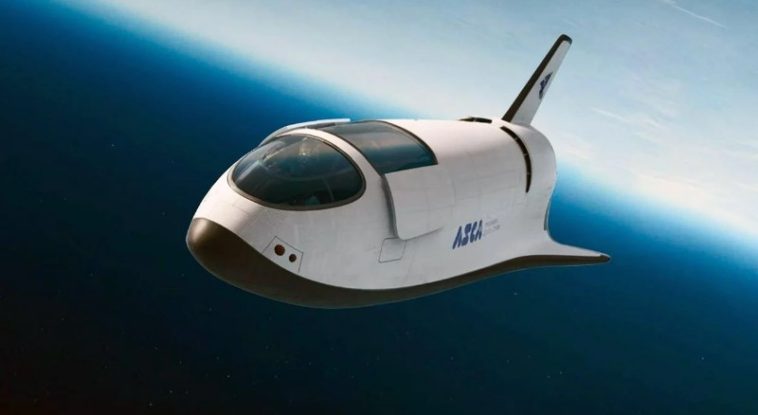Tokyo, Japan – November 8, 2025
Japan is on the verge of transforming the way the world travels. By leveraging suborbital spaceplanes, the country aims to reduce intercontinental journeys to just one hour, starting in the 2030s. The ambitious project, spearheaded by Nippon Travel Agency, promises to revolutionize both passenger aviation and global logistics.
Revolutionary Travel Technology
The project will utilize the ASCA suborbital spaceplane, developed by Japan-based Innovative Space Carrier. Unlike traditional aircraft, these spaceplanes are capable of taking off from specialized ocean platforms, ascending to the edge of the atmosphere, and gliding in a suborbital arc before landing on another platform thousands of miles away.
For instance, a journey that currently takes approximately 13 hours from Tokyo to New York could be shortened to just 60 minutes. Such speed does not only benefit luxury travelers but could significantly impact global trade, business travel, and emergency logistics.
How Will the Journey Work?
The travel experience begins with a short transfer to a floating launch platform in the ocean. From there, the ASCA spaceplane ascends vertically into the upper atmosphere, travels in a suborbital trajectory, and descends onto a receiving platform located at the destination. This method allows the system to operate independently of traditional airports, potentially turning global waters into a network of “spaceports”.
This approach also opens up possibilities for new trade routes and emergency supply chains, especially for transporting critical medical supplies, high-value goods, or humanitarian aid in record time.
Ticket Prices and Target Audience
Ultra-fast travel comes at a high cost. According to company officials, a round-trip ticket is expected to cost approximately 100 million Japanese Yen ($652,000 USD). Initially, the service will target ultra-wealthy passengers and space tourism enthusiasts.
However, the long-term vision extends far beyond luxury travel. The high-speed suborbital system could play a pivotal role in global logistics, particularly for urgent cargo delivery, drastically reducing shipping times and providing a competitive edge in e-commerce.
Technical and Economic Challenges
While the concept is promising, several critical technical challenges must be addressed before commercial deployment:
- Aerodynamic stress: The spacecraft must withstand extreme forces during launch and reentry.
- Thermal resistance: Heat generated during atmospheric exit and entry requires advanced materials and design.
- Energy efficiency: Propulsion systems must balance speed with sustainability.
- Economic viability: The cost of operations, fuel, and infrastructure must allow for long-term feasibility.
- Safety certification: Regulatory approval and passenger safety remain top priorities.
Additionally, advances in reusable rocket technology and fuel systems are essential to reduce costs and improve environmental sustainability.
Global Implications
Japan’s bold move is likely to trigger a new global race in suborbital travel. China, the United States, and European countries are also investing in space-based transportation concepts, often focusing on ultra-fast logistics and e-commerce optimization.
Chinese companies, for instance, are exploring similar technologies to accelerate intercontinental deliveries, potentially transforming supply chains and reducing delivery times to mere hours.
If Japan successfully launches its project as planned, the 2030s could become a turning point in global transportation—ushering in an era where spaceflight is not just about exploration, but a routine part of commerce and travel.
The Future of Suborbital Travel
While challenges remain, the vision is compelling. Ultra-fast intercontinental flights could redefine business, trade, and travel patterns worldwide. What was once the realm of science fiction may soon become a practical reality.
Experts believe that once technical and economic barriers are overcome, these suborbital flights could become a standard part of global transportation networks, making long-haul flights obsolete and offering new levels of connectivity.
Conclusion
Japan’s upcoming suborbital flight initiative is more than a technological marvel—it is a strategic leap for the future of travel and logistics. By reducing intercontinental flights to just an hour, this project has the potential to reshape global commerce, emergency response, and tourism. While the price tag is steep and the technical challenges are significant, the long-term impact could redefine how humanity moves across the planet.
The eyes of the world are now on Japan, as the country prepares to pioneer a new era of ultra-fast, suborbital travel, setting the stage for a global revolution in both passenger transport and cargo logistics.

